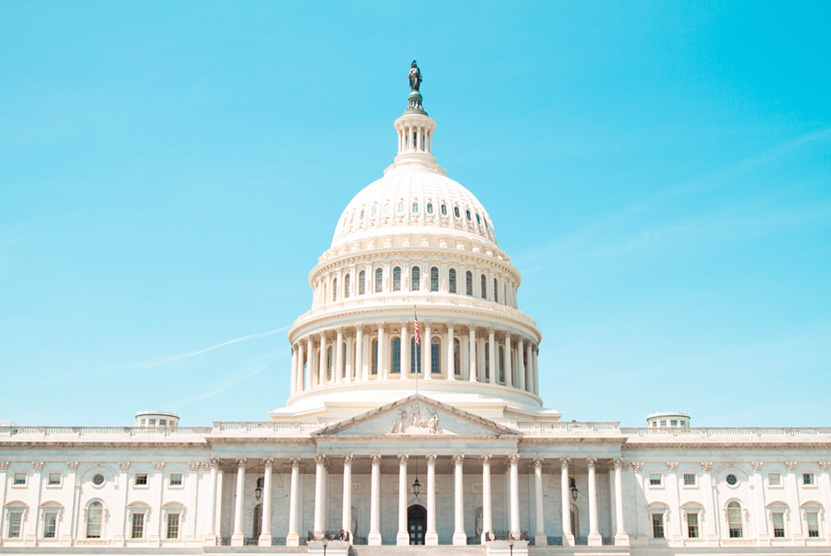On July 9, 2021, President Biden issued a comprehensive executive order on competition. Entitled Promoting Competition In The American Economy, the order sets forth, in overview, measures designed for federal agencies to coordinate actions to address the problems of unfair competition, overconcentration, and economic consolidation. The executive order acknowledges the harmful anticompetitive effects of monopolies in a number of markets. The healthcare markets specifically cited included insurance, hospital, and prescription drug.
Repair markets specifically addressed
Of significance, Biden’s executive order also addressed, for the first time, “repair markets”. The order encourages the Federal Trade Commission to exercise its statutory rulemaking authority in “unfair anticompetitive restrictions on third-party repair or self-repair of items.”
The order specifically references repair restrictions imposed by “powerful manufacturers that prevent farmers from repairing their own equipment”. While some observers have suggested that the omission of reference to medical devices is in some way indicative of an intention not to address medical device repair markets, this potential exclusion is not supported anywhere in the 16-page executive order. Indeed, in Section 5(h)(vii) of the order it encourages the FTC to exercise its authority in “any other unfair industry-specific practices that substantially inhibit competition.”
White House Competition Council established
The order asserts that a “whole of government” approach is necessary to address the overconcentration, monopolization and unfair competition in the American economy. It specifically recognized the overlapping jurisdictions that are frequently created, and encourages agency cooperation in oversight, investigation and remedies. The president’s executive order establishes a White House Competition Council within the executive office of the president that will coordinate the federal government’s efforts, including the development
of procedures and best practices for agency cooperation on matters of overlapping jurisdiction.
What is the practical effect of the executive order on competition?
The order variously references a number of departments and agencies, including the Departments of the Treasury, Agriculture, Health and Human Services, and Transportation. The Federal Reserve, FTC, SEC, FDIC, Federal Maritime Commission, CFPB and even the Surface Transportation Board were invited to participate in the White House Competition Council.
All of this raises the question: What does it all mean? In each of the past three administrations, over two hundred executive orders were issued. Some compelled “direct” action, as in the case of some of the travel ban orders during the early months of the pandemic. Others fall almost within the nature of aspirational goals, often signaling where the administration’s priorities are.
Procurement and other impactful federal processes
Biden’s executive order appears, in parts, to offer more than mere goals — and yet on the whole it seems a bit of a hybrid between goals and directives. The order encourages the FTC to undertake certain areas of review — though it seems to recognize that the FTC is an independent agency, which may establish its own priorities. Still, with the recent appointment of former House subcommittee antitrust counsel Lina Khan to the FTC, it seems likely that certain of the FTC commissioners will be paying close attention to the order’s recommendations.
Depending on the industry and the competition issue, the executive order ranges from broad requests to very specific mandates. There are specific “dos and don’ts” in portions of the order that could impact sellers and servicers of governmental clients. The order’s language includes a requirement that the agencies pay particular attention to the potential for their procurement or other spending practices to improve the competitiveness of small businesses and businesses with fair labor practices. The executive order also asks the attorney general and the secretary of commerce to consider revising their positions on certain IP matters, such as patents.
In light of the breadth of this document, we will have to wait and see whether the establishment of the White House Competition Council and the various directives to the various federal agencies will bring greater competition to the medical device repair market.
It is interesting to observe that the 2021 FTC report on repair restrictions, the 2021 draft guidance on remanufacturing and now the 2021 White House executive order on competition all address, in some manner, repair concerns.
Is this coincidence, or is there a somewhat unified message coming through that the current status of repair restrictions will not be supported in the future?
About the author: Robert J. Kerwin is the general counsel for the International Association of Medical Equipment Remarketers and Servicers (IAMERS).
This article is reprinted with permission of DOTmed HealthCare Business News and can be read online in its original format at: https://www.dotmed.com/news/story/55369


